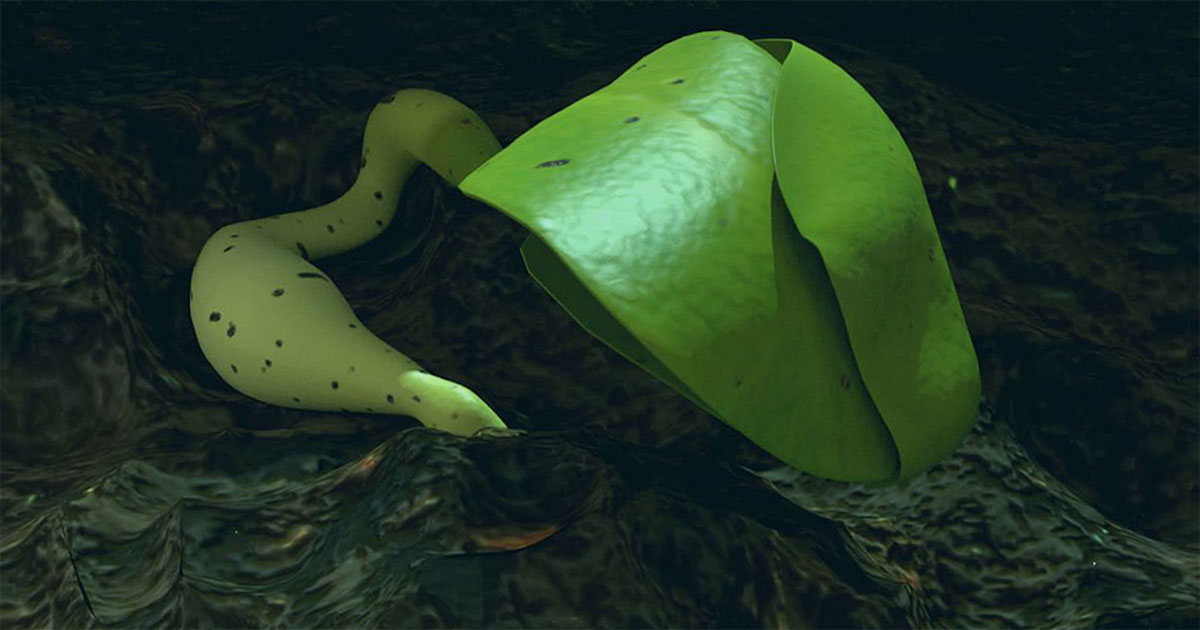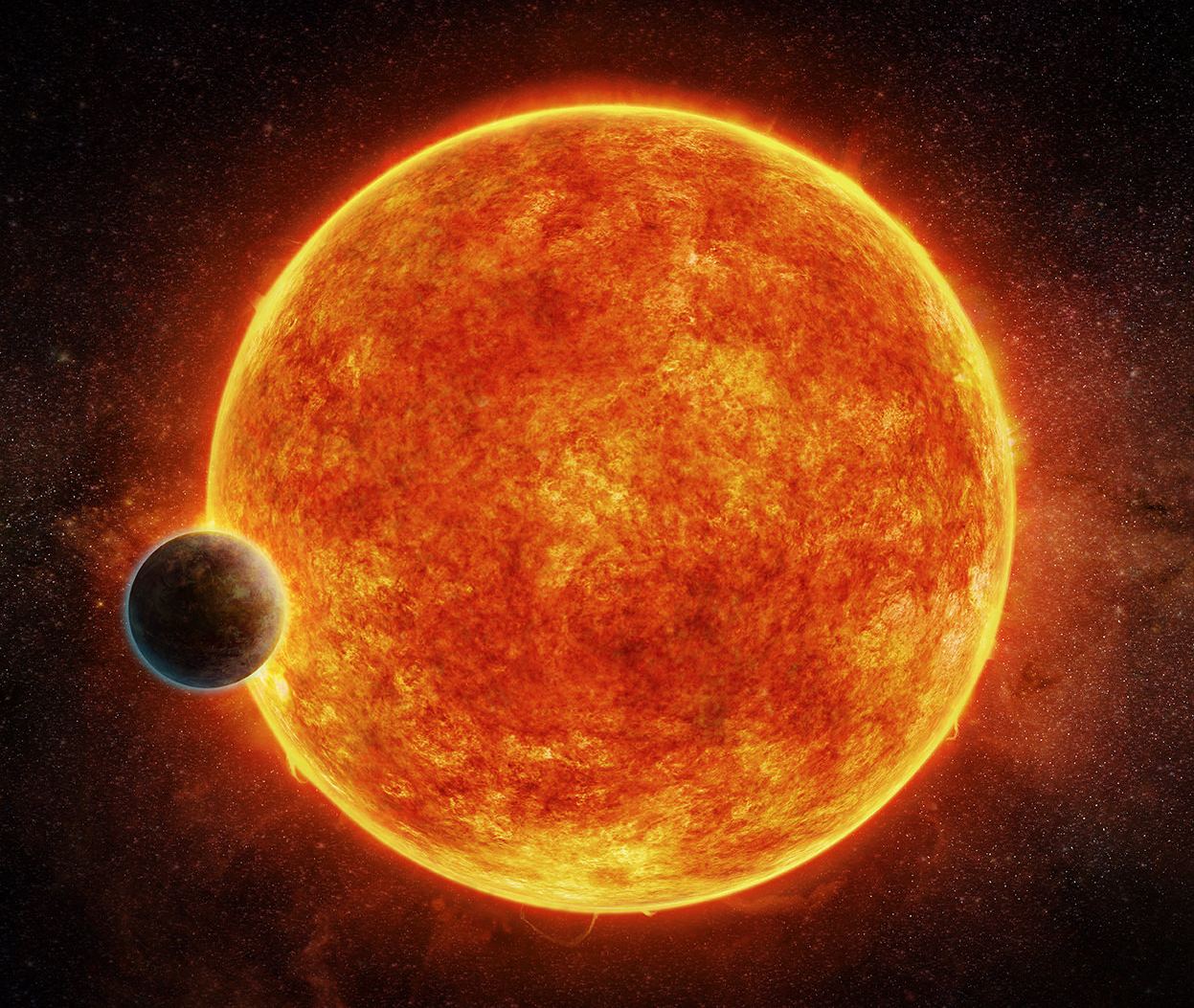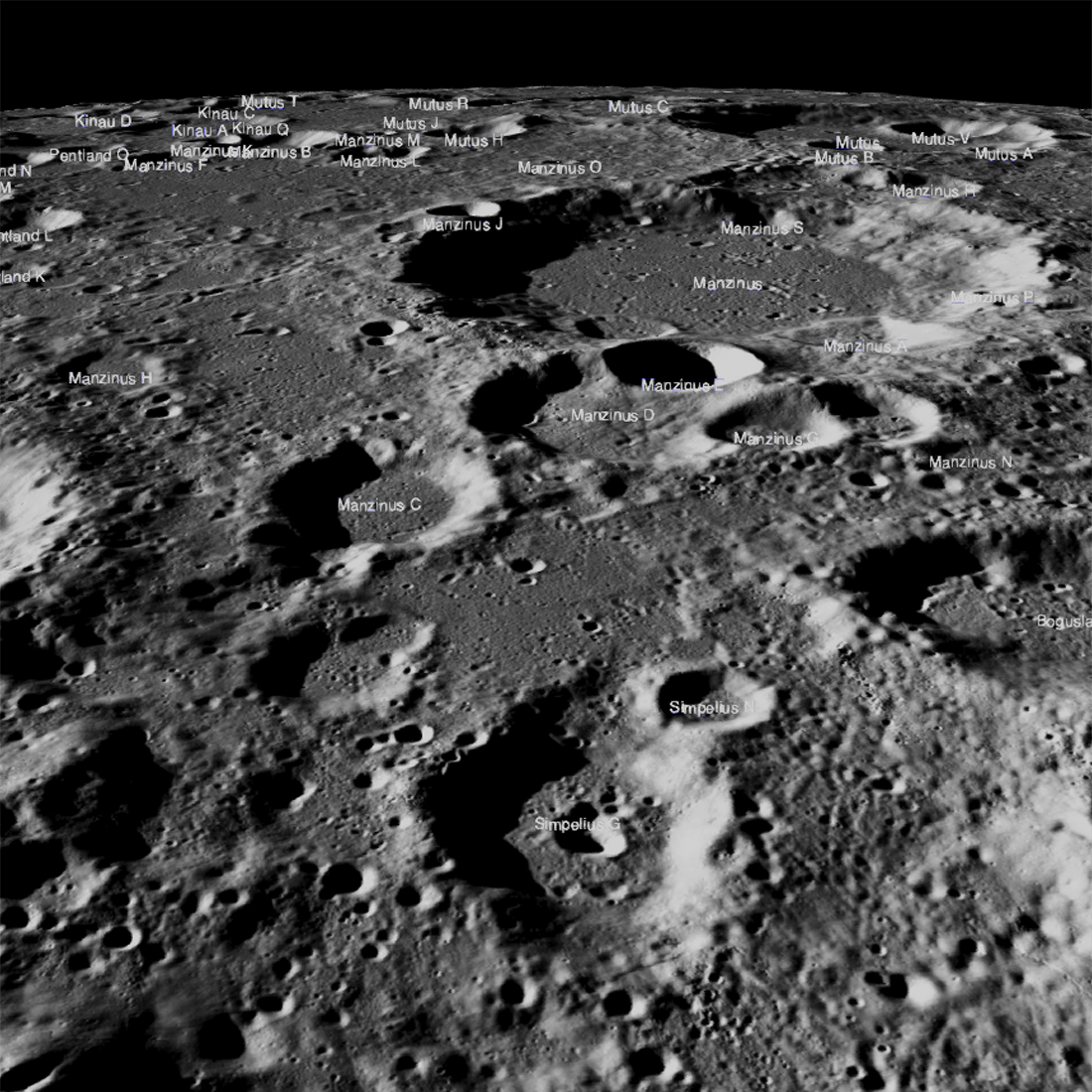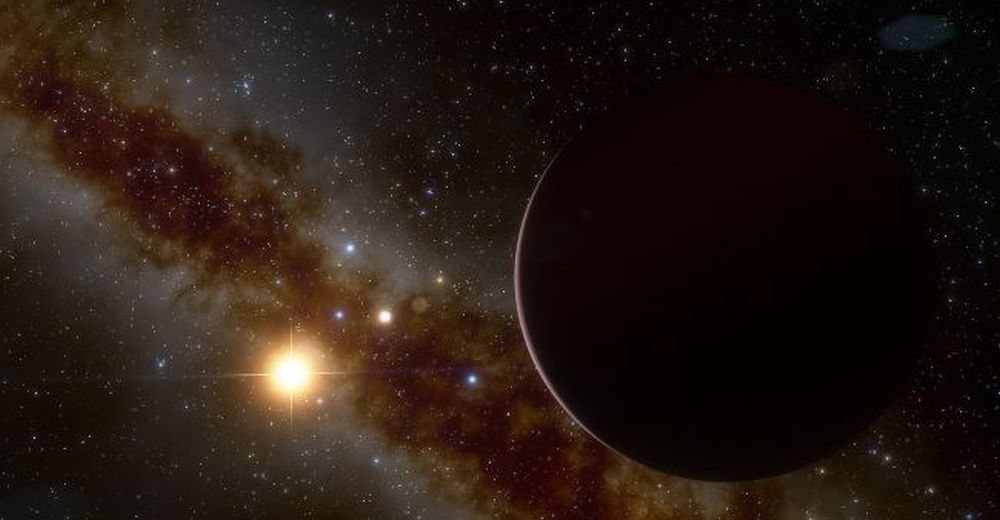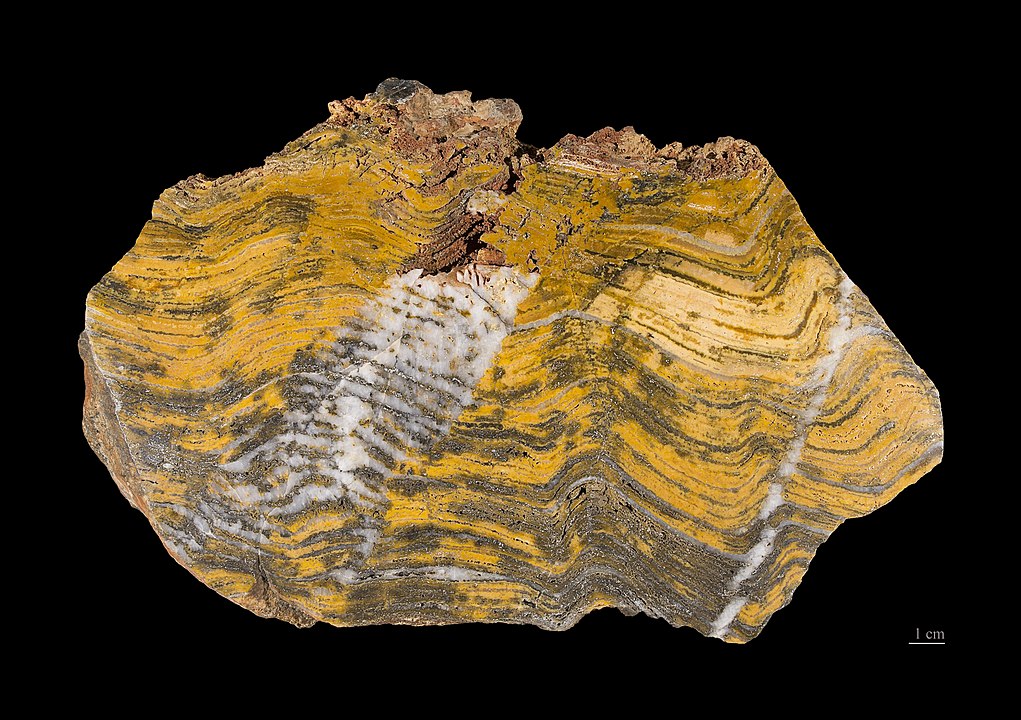When China’s Chang’e-4 spacecraft landed on the lunar far side on January 3rd 2019, it made history. It was the first spacecraft to visit that part of the Moon, and among its payload was a 2.6 kg (5.7 lb) mini-biosphere called the Lunar Micro Ecosystem (LME).
The sealed, cylindrical biosphere is only 18 cm (7.1 in) long and 16 cm (6.3 in) in diameter. The LME carried six lifeforms, kept in mostly Earth-like conditions except for micro-gravity and lunar radiation.
Continue reading “China’s Lander Successfully Grew Some Cotton Plants on the Moon. Fruit Flies and Potatoes Didn’t Fare So Well”
